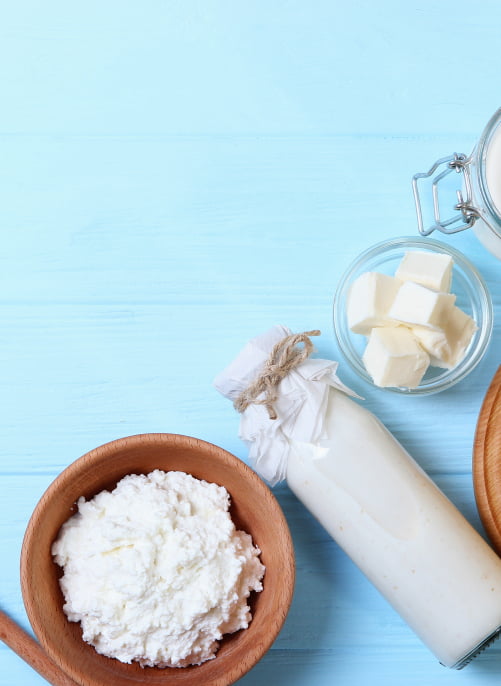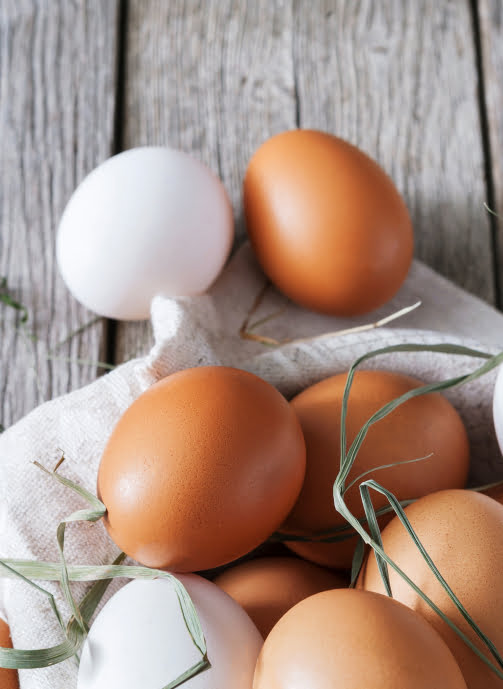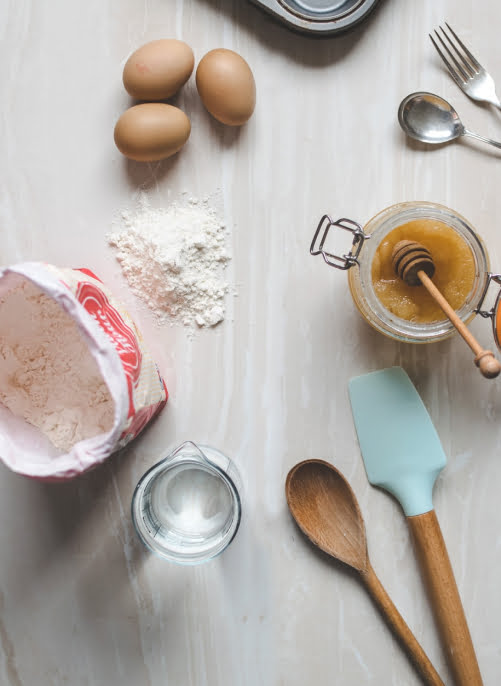
Dairy products are defined as a food produce derived from or containing the milk of mammals. The most common mammals used in the production of dairy products are cattle, goats and sheep. The term dairy products covers a wide range of products, but all involve some process being applied to milk, and it is the specific process done to the milk that determines what dairy product is produced.
When looking at the key categories of ingredients for bakers and pastry chefs it doesn’t take very long before you get to Dairy. Understanding what the dairy category includes and how it is used in baking is a key piece of knowledge for any pastry chef of any level. Here we will look into exactly what dairy is, and give you all the information you need to understand this crucial component in baking.
Read More
Most common types of dairy products
Milk is the nutrient-rich liquid produced by the mammary glands of mammals, produced naturally for the nutritional needs of young. The most common milks consumed by humans are cattle, sheep and goats, and they are normally treated before being used for humans, often by pasteurisation and homogenisation. Milk is very good nutritionally, acting as a source of calcium, potassium, vitamin D and protein. Milk can be bought with varying fat levels, and when baking some recipes will specify the type to be used.
In baking, the primary role of milk is to add liquid and allow the dry ingredients to be mixed together and form the suitable texture. In some cases the milk’s role is even more important as it adds protein to the overall mix, which adds strength and structure to the dough or batter. When used in bread recipes milk can also help to weaken the connections between gluten proteins, which

Buttermilk
Buttermilk is the bi-product of the process of making butter. When the butter is churned, some of the liquid is pressured out of the mix, and this naturally cloudy liquid has a flavour like butter but with a definite tartness too. Nowadays buttermilk is thicker, due to the adding of an acidifying bacteria, and in some cases a flavouring too.
One of the most famous ways in which buttermilk is used in baking is Irish soda bread. The reaction between baking soda and buttermilk creates carbon dioxide, which causes the dough to rise (in much the same way as yeast in a conventional bread dough). This reaction is commonly used not only in soda bread but also in scones and waffles.

Fat adds richness and flavour in baking, as well as being a key factor in the final texture of the product.
Another key role dairy products can play is as a binding agent in the recipe, for example eggs or butter in cakes can help to combine the dry ingredients of the product.
